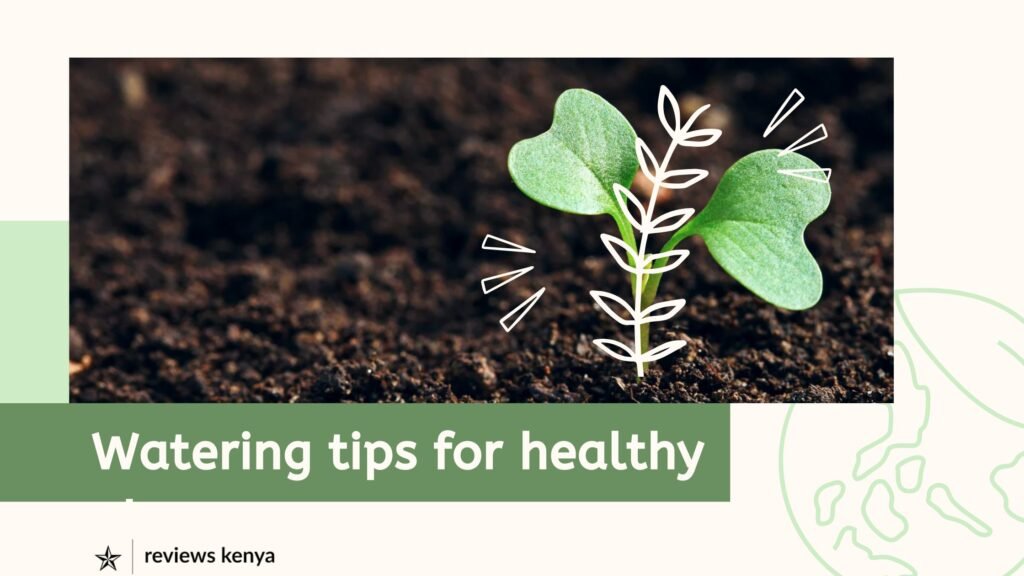Keeping your plants vibrant and healthy doesn’t have to be a guessing game. By understanding your plants’ water needs and following expert techniques, you can grow thriving greens that enhance your home or garden. This comprehensive guide covers everything from watering methods to tools and tips tailored to different plant types. Let’s dive in!
Understanding Your Plant’s Water Needs
Plant Types and Water Needs
Every plant has unique water requirements. For instance:
- Indoor Plants: Need less water due to limited sunlight and stable indoor conditions.
- Outdoor Plants: Often require more frequent watering, especially in full sun.
- Succulents: Store water in their leaves, making infrequent watering ideal.
- Flowering Plants: Demand consistent moisture to support blooming cycles.
Seasonal Changes and Watering Adjustments
Plants’ water needs vary with the seasons. During hot summers, plants experience higher evaporation and growth rates, requiring more frequent watering. Conversely, during winter dormancy, water less frequently to avoid root rot.
Watch this video on how seasons affect watering needs
How to Water Plants the Right Way
Watering techniques matter as much as frequency. Here’s how to do it right:
Proper Watering Techniques
- Always water plants at the base to ensure hydration reaches the roots.
- Avoid wetting foliage, as this can lead to fungal diseases.
- Use a watering can with a spout for precision or a hose with a gentle nozzle setting.
Best Time to Water Plants
Morning watering is best, as it allows the soil to absorb water before the day heats up. Evening watering is an alternative but should be done early enough for leaves to dry before nightfall.
Additional Resource: Learn the top watering hacks for healthier plants.
Signs Your Plant Needs Water
Recognizing when your plants need water is essential to avoid stress. Look for these signs:
- Drooping Leaves: Often a sign of dehydration.
- Dry Soil: If the top inch of soil feels dry, it’s time to water.
- Crispy or Browning Leaf Tips: Indicates insufficient water reaching the leaves.
Video Tutorial: How to Identify Water-Stressed Plants
Avoiding Overwatering and Underwatering
Overwatering and underwatering are the most common plant care mistakes. Here’s how to avoid both:
Preventing Overwatering
- Use pots with drainage holes to prevent waterlogging.
- Allow the soil’s surface to dry between watering.
- Avoid watering on a strict schedule; instead, observe your plants’ needs.
Preventing Underwatering
- Check soil moisture regularly using your finger or a moisture meter.
- Establish a routine, especially for plants with consistent needs like tropical or flowering varieties.
- Use self-watering pots for busy schedules.
For an in-depth guide, check out how to balance watering for your plants.
Special Tips for Different Plant Types
Plants vary significantly in their watering preferences. Here are tailored tips for popular categories:
Succulents
- Water sparingly and deeply. Allow the soil to dry out completely between waterings.
- Use a well-draining cactus mix to prevent water retention.
Tropical Plants
- Maintain high humidity by misting or using a humidifier.
- Keep the soil consistently moist, but never soggy.
Flowering Plants
- Provide enough water to support blooming cycles but avoid overwatering the roots.
- Fertilize alongside watering to promote vibrant flowers.
Tools and Gadgets to Help Water Efficiently
Modern gardening tools make plant care easier than ever. Here are some must-haves:
- Moisture Meters: Monitor soil moisture levels accurately. Great for preventing overwatering. Find the best moisture meters here.
- Self-Watering Pots: Perfect for busy gardeners, these pots maintain consistent soil moisture.
- Drip Irrigation Systems: Ideal for outdoor gardens, these systems provide efficient, targeted watering. Learn more about installing drip irrigation systems.
Watch: Top 5 Watering Gadgets Every Gardener Needs
FAQs About Plant Watering
Can I use tap water for plants?
Yes, but letting it sit for 24 hours helps chlorine dissipate. Sensitive plants may prefer filtered or distilled water.
How often should I water my plants?
Frequency depends on plant type, size, and environment. Monitor soil moisture and adjust for seasonal changes.
Is misting necessary?
For tropical plants, misting boosts humidity but should not replace root watering.
What’s the best way to water succulents?
Water deeply but infrequently, ensuring the soil dries out between sessions.
Can overwatering kill plants?
Yes, overwatering leads to root rot, which is often fatal.
How can I tell if I’m overwatering?
Signs include yellowing leaves, soggy soil, and mushy roots.
Call to Action
Transform your gardening game today! Subscribe for more expert tips to keep your plants thriving. 🌱

